Revolutionizing Building Design With Translucent Concrete
By: Rick Hess, DI
What Is Translucent Concrete?
According to Google’s online dictionary, traditional concrete is “A heavy, rough building material made from a mixture of broken stone or gravel, sand, cement, and water, which can be spread or poured.” With today’s technology concrete can now also be described as “light” and “transparent.” A number of companies have introduced translucent concrete, an innovative building material that allows light to penetrate its dense surface, thereby revolutionizing the way concrete is used today. It changes the history of concrete as we know it and alters a mix that has been used for thousands of years. After much experimentation, the product can now be seen in architectural and interior environments.
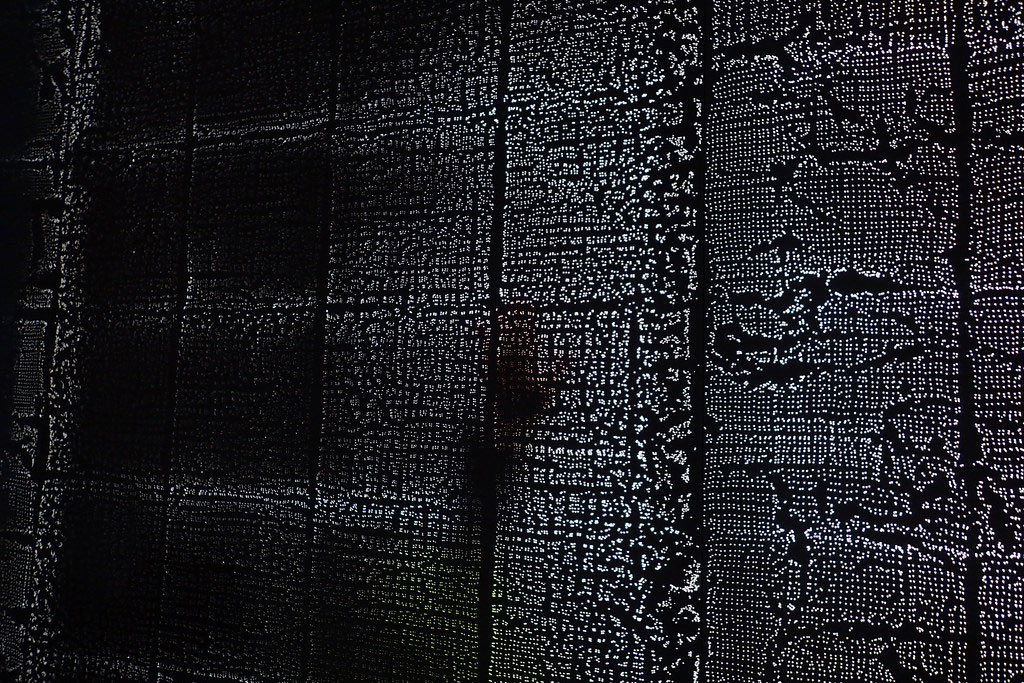
The Future is Bright: The Rise of Translucent Concrete in Architecture
In 2001, Hungarian architect Aron Losonczi, in partnership with scientists at the Technical University of Budapest, created what most people thought was impossible.
Known as LiTraCon (short for light transmitting concrete), translucent concrete or “liquid stone” was developed with optical glass fibers added to a crushed stone, cement, & water mix. Composed of fine materials only, this product possesses an amazing compressive strength of over 10,000 psi, comparable to any high-strength concrete on the market today.
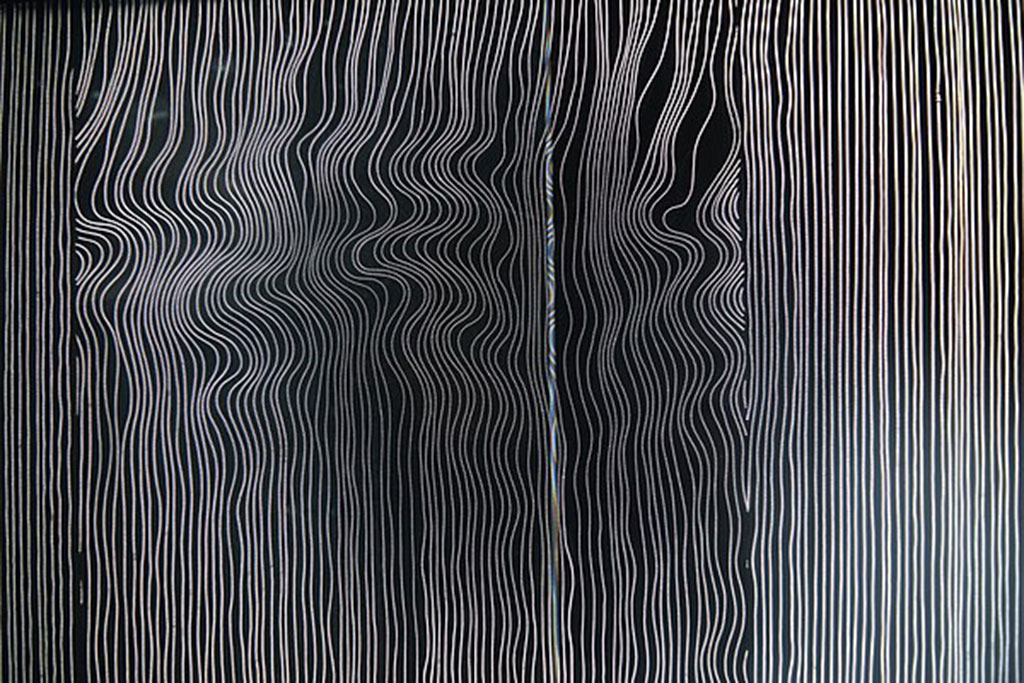
In 2010, architect Giampaolo Imbrighi unveiled i.light, a more advanced version of translucent concrete, in the Italian Pavilion at Expo 2010 in Shanghai China. Made by the Italcementi Group, i.light incorporates small rectangular areas (2-3mm), filled with multi-colored resins, to allow light to pass through. This method is more cost effective than adding glass fibers to the mix and i.light panels can be manufactured more rapidly than other translucent concrete materials. In preparation for Expo 2010, the contractor produced 200 panels per day. With over 20% of natural light reaching the interior, artificial lighting costs can also be reduced.
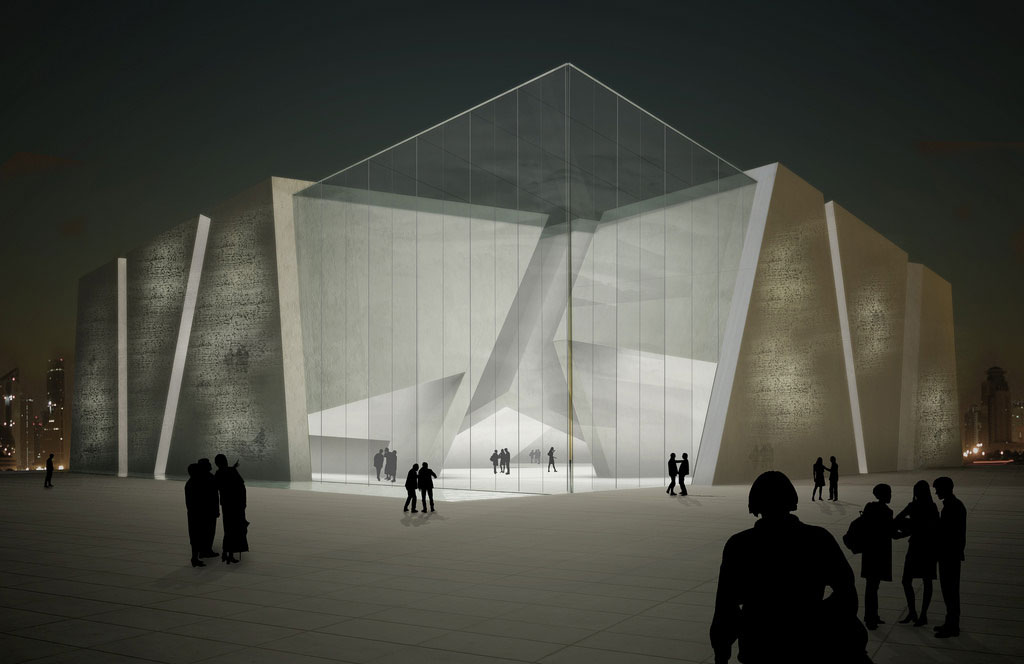
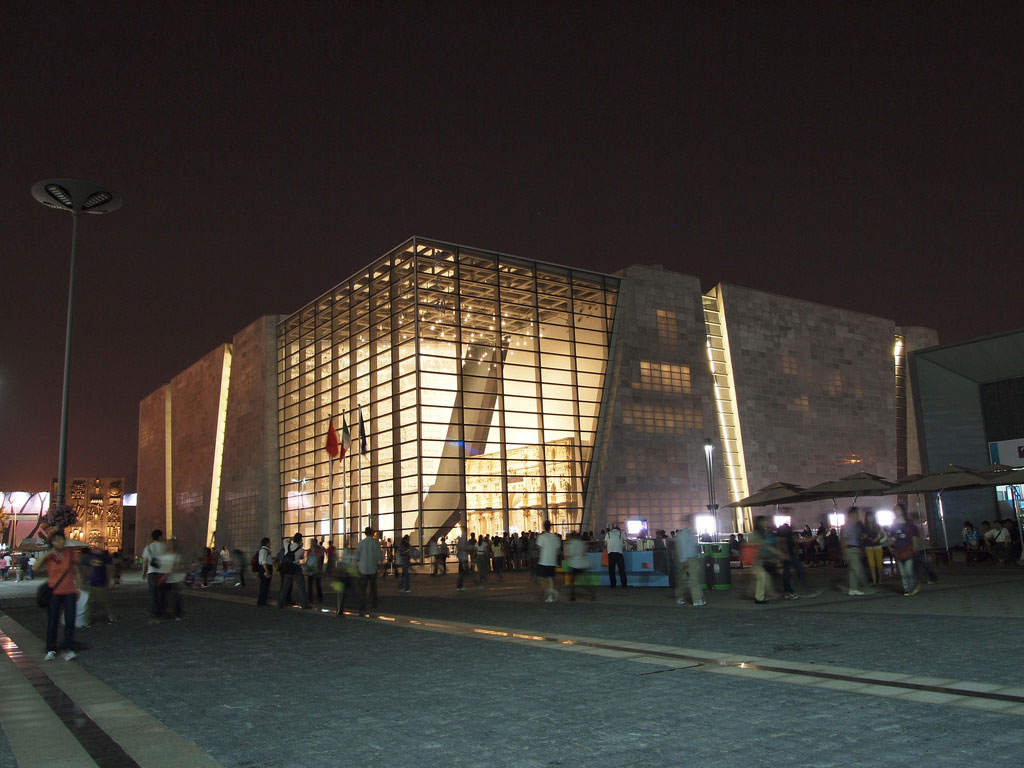
The Benefits of Translucent Concrete
Translucent concrete is a revolutionary building material that offers a multitude of benefits. By allowing natural light to filter through, it reduces the need for artificial lighting, creating a brighter and more inviting space. This not only saves energy and reduces costs, but also adds a unique and visually striking element to a design.
With its durability, sustainability, and versatility, translucent concrete is an attractive option for designers and builders. It also provides acoustic benefits, thermal insulation, and fire resistance, making it a safe and practical choice for building design. By reducing visual weight and energy consumption, translucent concrete is a game-changer for the design world, offering a sustainable and innovative solution for building design.
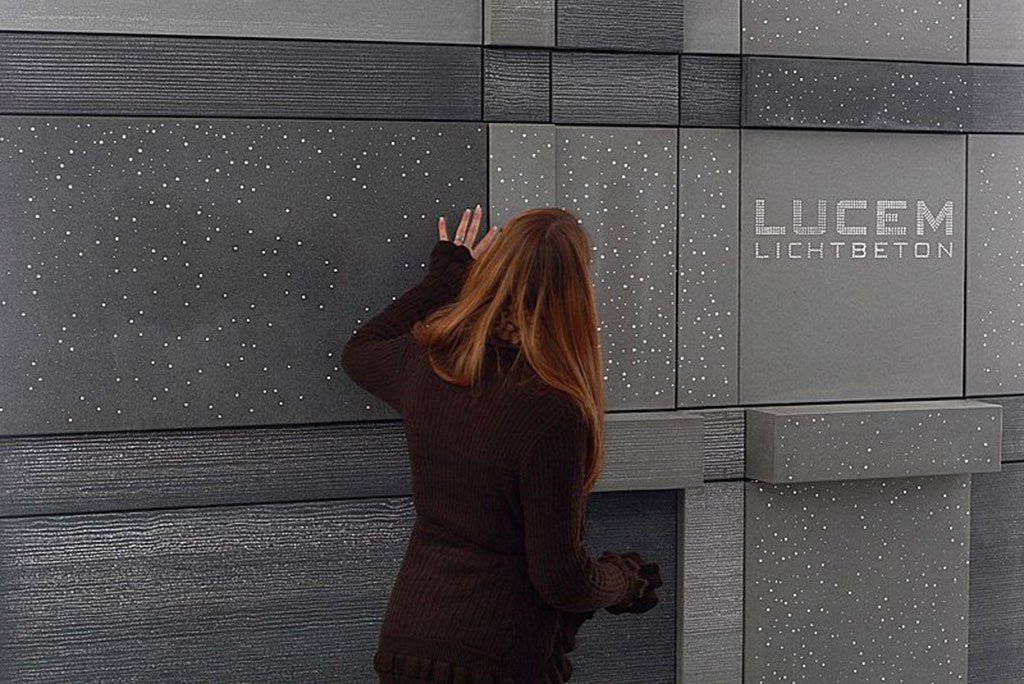
Join the Movement towards Sustainable Design
Learn more about the latest innovations in building design and how you can incorporate translucent concrete into your next project. The Design Institute of San Diego is committed to pushing the boundaries of design and innovation. Learn how you can be a part of the movement towards a more sustainable future with a career in interior design.
Sources:
http://inventors.about.com/library/inventors/blconcrete.htm
http://www.jimmyakin.org/2004/07/translucent_con.html
http://www.gizmag.com/go/5093/picture/
http://boingboing.net/2004/07/08/clear-concrete.html
https://www.flickr.com/photos/meneghetti/3563731262
https://www.flickr.com/photos/heyitschili/4751390576/https://www.flickr.com/photos/theunissenron/32318280743/
https://commons.wikimedia.org/wiki/File:LUCEM_Translucent_Concrete.jpg
https://commons.wikimedia.org/wiki/File:Translucent_concrete_panel.jpg